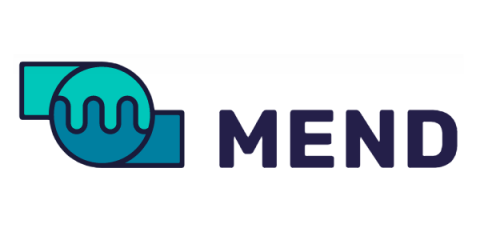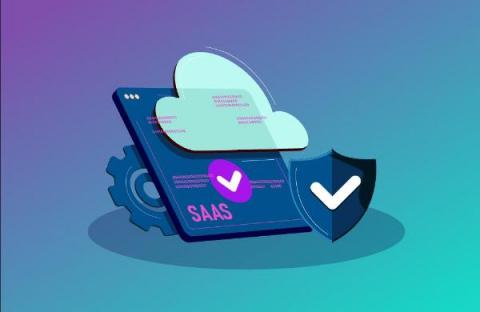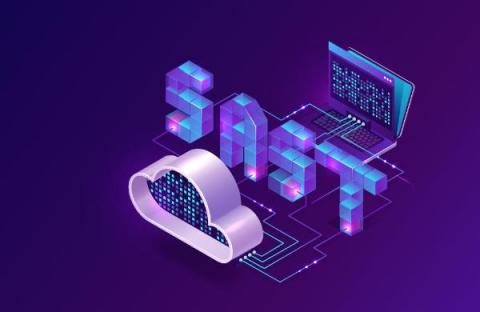How to Manage Risk Effectively in Cloud-Native Environments
We’ve all got our heads in the cloud, or if not yet, we’re well on our way there. In other words, the process of digital transformation is happening at such a pace that almost all organizations will soon be working in the cloud and using cloud-native technology. Analyst Gartner has predicted that by 2025, over 95% of new digital workloads will be deployed on cloud-native platforms. This represents a 30% growth from 2021.











